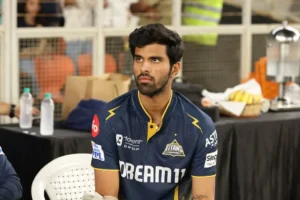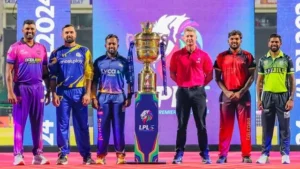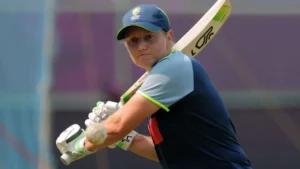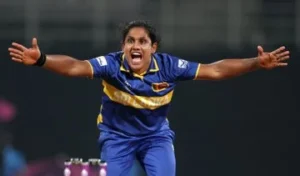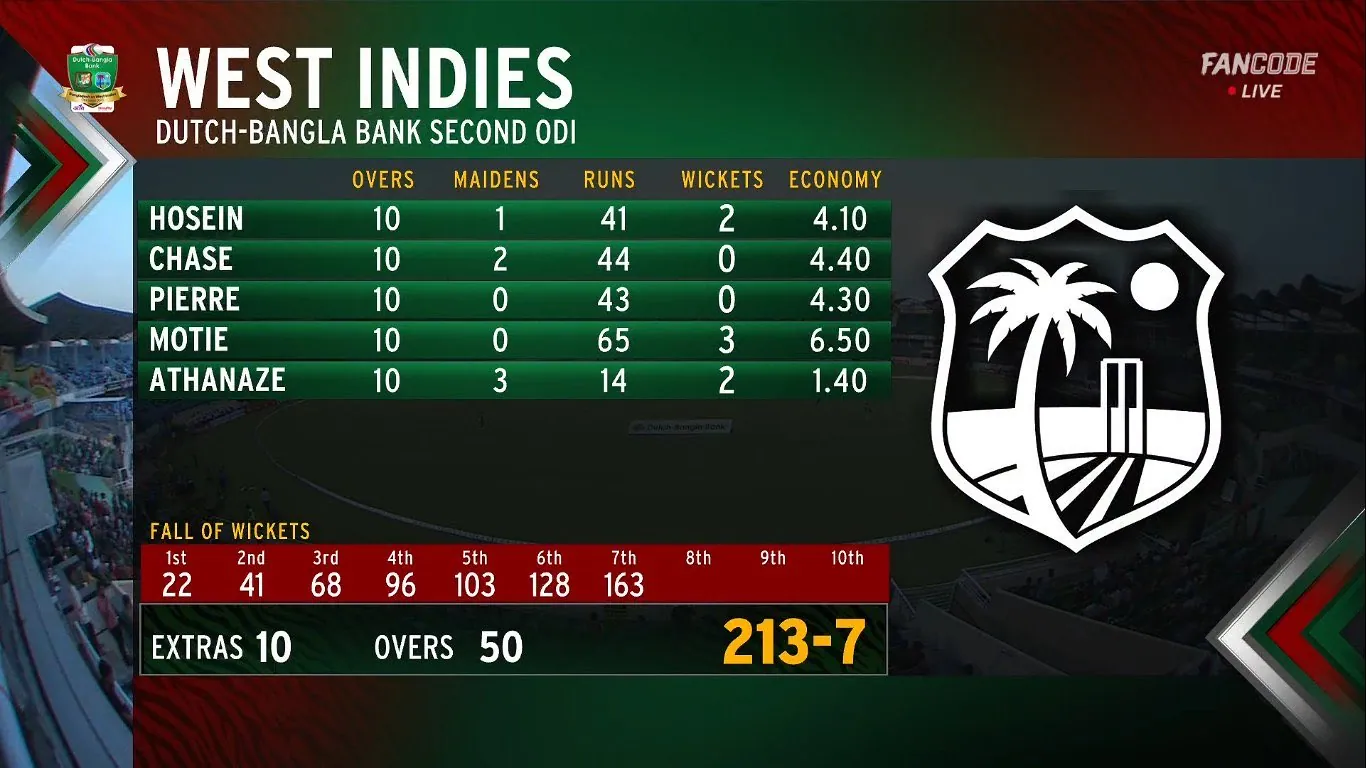In a remarkable display of strategic innovation, the ![]() West Indies cricket team recently bowled an entire 50 overs of Spin innings using only spin bowling, a feat that has sparked widespread discussion in the cricketing world.
West Indies cricket team recently bowled an entire 50 overs of Spin innings using only spin bowling, a feat that has sparked widespread discussion in the cricketing world.
This audacious approach, seen in a recent One Day International (ODI) match,
Underscores the Caribbean side’s willingness to embrace unconventional tactics and highlights the evolving role of spin in limited-overs cricket.
Below, we explore the context, execution, and implications of this extraordinary decision.
The Context: A Shift in Cricket’s Paradigm
The West Indies, historically renowned for their fearsome pace bowling attack, have undergone a transformation in recent years.
With the decline of express pace bowlers like Curtly Ambrose and Courtney Walsh,
the team has increasingly turned to spin to outwit opponents, particularly in conditions favoring slower bowlers.
The decision to bowl 50 overs of spin reflects both the team’s current resources and a calculated response to modern batting trends, where aggressive strokeplay often dominates ODIs.
The match in question took place on a slow, turning pitch, likely in the Caribbean or subcontinental conditions,
where spin-friendly surfaces are common.
The West Indies’ bowling attack featured a combination of left-arm orthodox,
off-spin, and leg-spin, with bowlers like Akeal Hosein, Gudakesh Motie, and Roston Chase leading the charge.
The strategy was clear: exploit the pitch’s characteristics, stifle the opposition’s scoring rate, and induce mistakes through relentless accuracy and variation.
The Execution: 50 Overs of Spin as a Weapon of Control
Bowling 50 overs of spin requires meticulous planning and exceptional skill.
The West Indies’ spinners demonstrated remarkable discipline, maintaining tight lines and lengths to prevent the opposition from settling into a rhythm.
Akeal Hosein, with his subtle variations in pace and drift, set the tone early,
while Motie’s ability to turn the ball both ways kept batters guessing.
Chase, often an underrated all-rounder, provided control in the middle overs, ensuring the run rate remained in check.
The spinners’ collective effort was underpinned by clever field placements.
Captain Rovman Powell, known for his astute leadership, employed attacking fields with close-in catchers like silly point and slip, creating pressure even during the powerplay.
The absence of pace bowlers meant the opposition couldn’t rely on predictable scoring shots like the lofted cover drive or pull, forcing them to confront a barrage of spin from both ends.
Data from the match reveals the effectiveness of this approach.
The opposition scored at a run rate below 4.5 per over, a testament to the spinners’ ability to strangle the batting side.
The economy rates of the West Indies’ spinners hovered around 4 runs per over,
with Hosein and Motie claiming crucial wickets at key junctures.
The opposition’s batters struggled to rotate the strike, and the mounting pressure led to a flurry of dismissals,
with spin accounting for at least 8 wickets in the innings.
The Implications: Redefining ODI Strategy
The West Indies’ decision to rely entirely on spin challenges conventional ODI wisdom,
which typically emphasizes a balance between pace and spin.
In modern cricket, where high-scoring games and aggressive batting dominate,
this strategy highlights the enduring value of spin bowling as a tool for control and wicket-taking.
It also reflects the growing influence of T20 cricket, where spinners like Rashid Khan and Sunil Narine have mastered the art of deceiving batters in high-pressure situations.
This approach could inspire other teams to experiment with spin-heavy attacks, especially on turning pitches.
For the West Indies, it signals a return to their innovative roots, reminiscent of their dominance in the 1970s and 1980s, albeit with a different bowling arsenal.
The strategy also showcases the depth of spin talent in the Caribbean, with young bowlers like Hosein and Motie emerging as potential stars.
Challenges and Criticisms
While the tactic proved successful, it’s not without risks.
Relying solely on spin leaves little margin for error, particularly if the opposition boasts strong players of spin or if the pitch doesn’t offer the expected turn.
Critics argue that the absence of pace could allow aggressive batters to dominate in different conditions,
where bounce and seam movement are more effective.
Additionally, bowling 50 overs of spin demands exceptional fitness and mental resilience,
as spinners must maintain consistency over long spells without the luxury of pace bowlers to share the workload.
The Broader Impact of 50 Overs of Spin
This bold experiment could mark a turning point for West Indies cricket,
which has struggled to reclaim its past glory in recent decades.
By embracing spin as a core strength, the team is carving out a unique identity in a game increasingly dominated by power-hitting and pace.
The success of this strategy could also inspire young Caribbean cricketers to take up spin bowling,
Fostering a new generation of slow bowlers to complement the region’s rich cricketing heritage.
Moreover, the West Indies’ approach aligns with the global trend of valuing versatility in limited-overs cricket.
Teams like India, with Ravindra Jadeja and Kuldeep Yadav, and Afghanistan, with Rashid Khan and Mujeeb Ur Rahman, have shown that spin can be a game-changer in ODIs.
The West Indies’ all-spin strategy takes this philosophy to the extreme, proving that innovation and adaptability remain at the heart of cricket’s evolution.
Conclusion
The West Indies’ decision to bowl 50 overs of spin is a bold statement in an era of high-octane cricket.
By leveraging their spinners’ skills and exploiting favorable conditions,
they not only secured a memorable victory but also sparked a conversation about the role of spin in modern ODIs.
As the cricketing world reflects on this tactical masterstroke, one thing is clear:
the West Indies are not afraid to rewrite the playbook, proving that spin can be just as devastating as pace in the right hands.
This match will be remembered as a defining moment, showcasing the Caribbean’s flair for innovation and their unwavering commitment to entertaining and winning cricket.
Also Read : Alyssa Healy Latest Injury Blow: Calf Strain Sidelining



